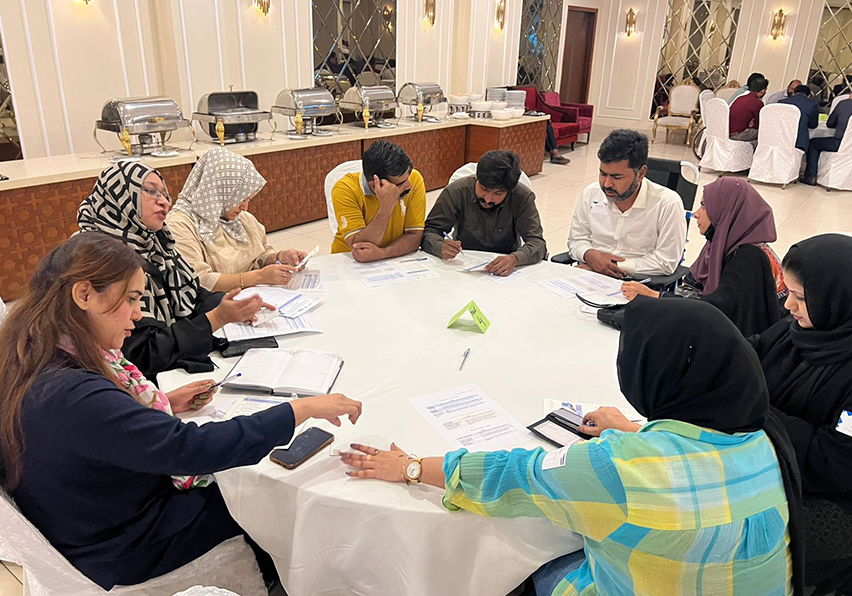Subtotal $0.00
In many parts of the world, women with disabilities face a double burden, one of gender and one of disability. While progress is slowly being made, disabled women continue to be among the most marginalized groups, often sidelined in conversations about inclusion, empowerment, and equal rights. But their stories marked by strength, resilience, and determination deserve far more attention.
Disability can impose both physical and social restrictions. From childhood, many disabled girls are sheltered, hidden, or discouraged from education due to stigma or perceived limitations. As they grow, these barriers evolve into restricted job opportunities, limited healthcare access, and exclusion from social life. The lack of accessible infrastructure, inadequate policy implementation, and cultural taboos further isolate them. For disabled women in rural or lower-income regions, the reality can be even harsher.
Yet despite these obstacles, countless disabled women defy the odds every day.
Take the example of Sadia, a young woman who lost mobility in her legs after a childhood illness. She grew up in a modest household where access to assistive equipment and formal education was limited. Her family, although loving, believed her future would be confined within the walls of their home. But Sadia had other plans.
With support from a neighbor who had basic digital knowledge, Sadia learned how to use a computer using only her hands and a voice-activated system. Slowly, she began offering basic typing and design services online. Over the years, her small freelancing work turned into a consistent income stream. Today, she supports her household financially, manages clients internationally, and even teaches other girls with disabilities in her community how to work online.
Her story isn’t just about personal triumph, it’s a powerful example of what disabled women can achieve when they are provided with tools and respect rather than pity.
For real empowerment, three key areas must be addressed:
1. Accessibility: From transport to education, spaces must be built keeping everyone in mind. Ramps, assistive technology, and accessible restrooms aren’t luxuries—they are necessities.
2. Education and Skills: Empowerment begins with knowledge. When disabled women have access to inclusive education and skill-building opportunities, they gain the confidence to participate in economic and public life.
3. Representation: Disabled women need to be visible in media, leadership, and policy. Their voices must shape the systems that affect them. Nothing about them should be decided without them.
Empowerment isn’t only about grand gestures—it often starts with small acts of support, inclusion, and belief in someone’s potential. When disabled women are allowed to lead, learn, and live with dignity, they not only uplift themselves but strengthen their entire communities.
The silence around disabled women’s contributions is slowly breaking. As more stories like Sadia’s come to light, one thing becomes clear: disability is not inability, it’s society’s inability to adapt that must change.


